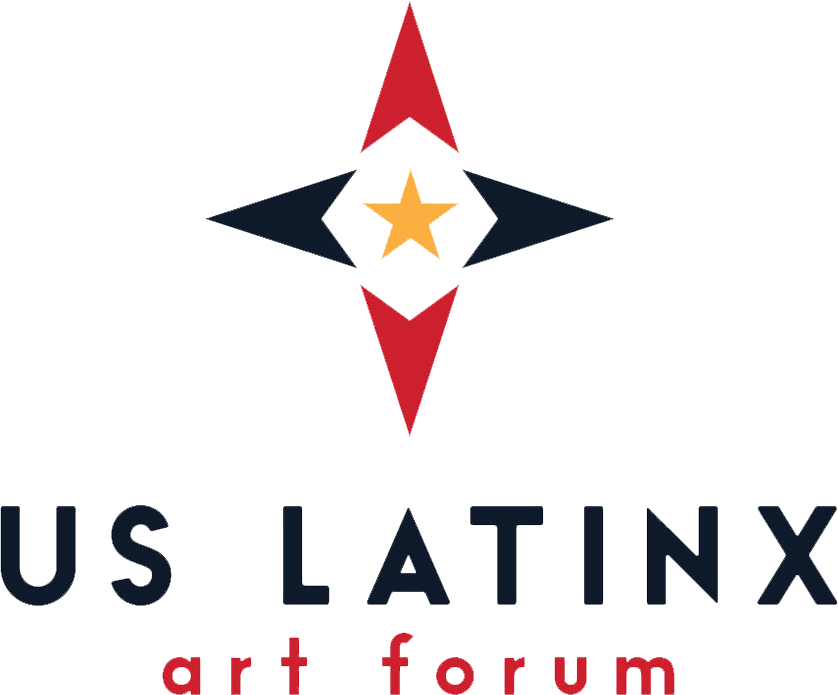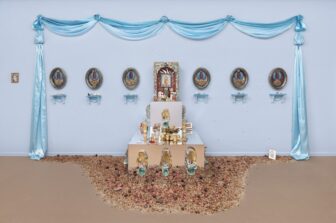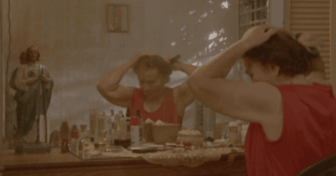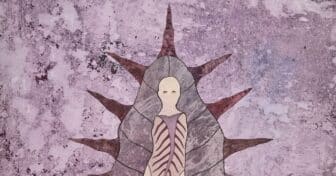
Arteology as Living History: Diógenes Ballester’s Counternarratives to Coloniality
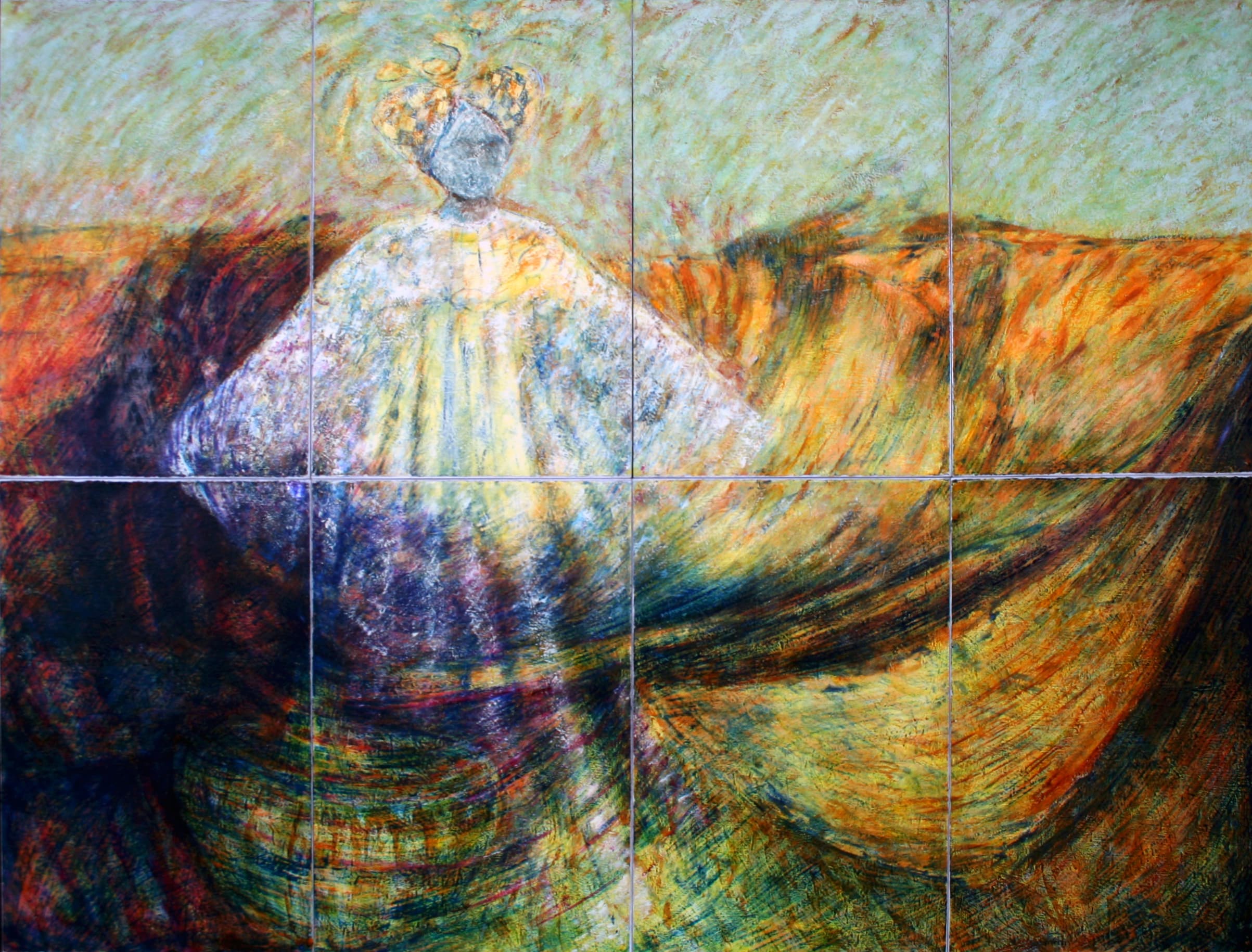
In 1981, Diógenes Ballester arrived in East Harlem (El Barrio) to live its incipiently diverse art scene. Ballester was already highly regarded in Puerto Rico, so much so that he was the director of the only specialized art school in the southern region of the island, the Miguel Pou Visual Art School in Ponce. Days before leaving, he justified his resignation as the art school’s director to the respected gestor cultural (cultural manager) and friend David Flores by stating, “Don David, for me it’s ridiculous to talk about a history of art that I have never experienced, that I have only read about in books.”1 This candid yet profound reasoning is rooted in a lived-experience approach to history. From this living history approach, Ballester would develop the concept of the arteologist, which reframes and inverts (Western) art history to art as history, art as a form of thinking, and art as a form of sociopolitical intervention. In Ballester’s art and practice, we find a critique of colonial understandings of History as universal and a centering of pluriversal perspectives that make visible the Global South, especially Puerto Rico and the broader Caribbean.
Ballester’s art embraces multiple media, including printmaking, painting, and installation. It employs manifold cultural perspectives, especially the West African figure of the griot, who embodies cultural living memory, mostly through oral tradition.2 Through Ballester’s embodiment of the griot as living history, the concept of arteology transpires. Experiencing Nuyorican art through organizations like Taller Boricua further augmented Ballester’s artistic experience.3 Taller Boricua was an incubator to Nuyorican, Latinx and Puerto Rican artists, and Ballester closely collaborated with the founders/artists such as Fernando Salicrup, Marcos Dimas, Nitza and Rafael Tufiño, Jorge Soto, and others.4 The Puerto Rican diaspora in New York and beyond (Ballester lived in Madison to complete his MFA at the University of Wisconsin) created a cultural and intellectual milieu that revolved around how to reframe the idea of Puerto Rican identity (understood as Spanish, African and Indigenous-Taíno) in the context of its colonizer, the United States. For instance, Taller Boricua employed an Afro-Taíno aesthetic, which Ballester deploys consistently in works like America (Can) We Be Born Again (2014), eschewing a Spanish heritage model of national identity.5
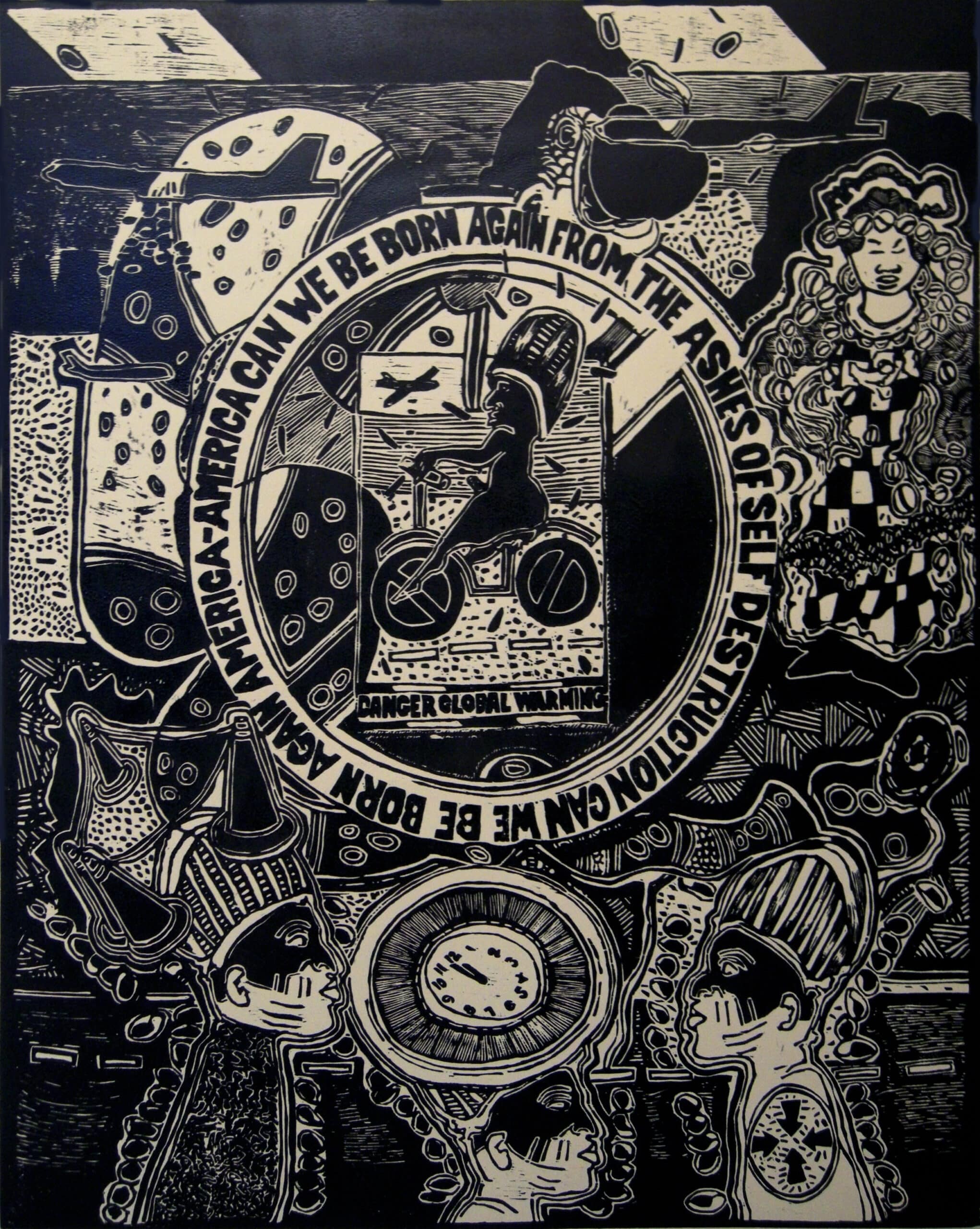
America (Can) We Be Born Again advocates for a cultural frame that enables radical change through an Afro-Indigenous and Pan-Caribbean aesthetic that arises from the failed project of nation-states, acknowledging that most people live under conditions of coloniality or straight up colonialism, and their resulting precarities. The central figure rides a bicycle with prohibition signs (also known as “no” symbols) as wheels. With a face suggestive of Pan-African phenotype and a body evoking West African sculptural traditions, the figure is surrounded by signifiers of the African diaspora and the Global South. Inscribed into a circular frame around the central figure, the title paraphrases an utterance by Martin Luther King Jr.: “America, you must be born again.” Ballester repurposes the declaration into an interrogation in a circular manner that suggests a tautology but offers no clear way forward. The entire inscription reads: “America can we be born again from the ashes of self-destruction can we be born again America,” suggesting that, against the central function of racism in coloniality, we should build an America or world where Global South peoples can be “parked” or live anywhere.6 Further, the composition of the piece has ubiquitous circles–wheels, signs, a clock, the Yoruba iconography–that points to the direction of movement that denotes change, yet one that “refuse[s] straightforward and unitary historical narratives” through a radical rebirth of America from the ashes.7 Thus, America (Can) We Be Born Again advocates for a non-western Pan-African frame of change that becomes, through the circle, radical and even revolutionary.
Afro-Puerto Rican artist Daniel Lind Ramos, a great friend of Ballester, considers that colonialism is an inherent condition to the degree that all Puerto Rican art is born from it.8 Artists have no choice but to address it. This reality echoes through most of Ballester’s art and patently in María del Mar (1993), where the mother of the Orishas, Yemayá, rises from her realm, the sea. The racialization of the Virgin Mary in art as white within coloniality, is subverted by the prominence of the Yoruba goddess. Of course, there is a syncretic reframing of her from its very title, María del Mar, yet the impressionist brushstroke and unusual palette also deliver the opacity that Global South cultures characteristically employ as resistance to the conquering eye that demands transparency.9 Yet the critique to coloniality and our Puerto Rican colonial condition must not only lie on canvas, paper or other materials, it must be also embodied and alive.10
Ballester returned to Ponce after being an artist in New York for over forty years, a time that included art residencies in vastly diverse cities such as Paris, Guangzhou, Madison, and Port-Au-Prince. In Ponce, Ballester inaugurated with his partner, Dr. Mary Boncher (1948-2021), the Casa de Arte y Cultura de La Playa de Ponce, a community nonprofit that functions as an arts and culture engine for local artists and the general public and that is a community art project in itself. On March 24, 2023, the exhibition Arteología: Capilla para la Reflexión (Arteology: Chapel for Reflection) officially inaugurated La Casa, though it had been operating since 2013. Echoing the philosophy of Ballester’s artistic practice as embodied history, La Casa is located in Playa Ponce, a distinctly Afro-Puerto Rican region, where Ballester is from, and that has a long history of marginalization. The Arteología exhibition represents this through long oral histories of important community members of Playa Ponce, juxtaposed with created or found objects, such as a figure of the Black saint San Martín de Porres and a wooden mailbox entitled Archivo de la Playa.11
La Casa presents history as embodied, alive, and community activated, echoing Aymara scholar Silvia Rivera Cusicanqui’s critique of the nation-state and ancestral perspective that living communities are more effective political units.12 La Casa is an archive that breathes since it draws from Afro-Puerto Rican, Caribbean and Indigenous understandings of time and history through events such as art exhibits, Afro-Puerto Rican Bomba, and festivals. This is the logical conclusion of arteology and the larger function of la Casa, to embody history through lived experience events, to engage in community healing, and to build a polity starting from the local, welding together the art (project), the artist and community.

Perhaps the best way to conclude is to offer a first-person perspective on how this text becomes alive. In the winter of 2018, I met Don Diógenes (as I call him) for the first time in a Puerto Rican community summit in El Barrio. As a researcher of Latinx art, especially Puerto Rican and Diasporican art, I was referred to him many times as an authority on the subject. People spoke about Don Diógenes with reverence. So, of course, Claudia Díaz and I recorded an interview with him that was published in Centro Journal.13 I originally wished for him to discuss the historiography of Puerto Rican art. Now, after seven years of working with Ballester—we are writing a book together—I realize that the arteologist perspective of the history of Puerto Rican art, especially Afro-Puerto Rican art, is first and foremost lived. Of course, it is important to document our history, yet to unmask coloniality is to critically reflect on how hegemonic historical writing excludes other forms of memorializing. Today it is clear to me that Don Diógenes’ arteological approach from an Afro-Puerto Rican perspective shows through embodiment and practice how history breathes.
Endnotes
- Carlos Rivera Santana and Claudia Díaz, “Art as History in the Barrio, in Puerto Rico and Beyond: Interview with Diógenes Ballester,” CENTRO Journal 32, no.2 (2020): 118-146. ↩︎
- See Simon Adewale Ebine, “The Roles of Griots in African Oral Tradition Among the Manding,” International Journal of Research Development 11, no. 1 (2019): 1-10. ↩︎
- Taína Caragol, “The Construction of Nuyorican Identity in the Art of Taller Boricua,” in Nuyorican and Diasporican Visual Art: A Critical Anthology, eds. Arlene Dávila and Yasmin Ramirez, (Duke University Press, 2024). ↩︎
- Taína B. Caragol-Barreto, “Aesthetics of Exile: The construction of Nuyorican Identity in the Art of El Taller Boricua,” CENTRO Journal 17, no. 2 (2005): 6-21. ↩︎
- On Afro-Taíno connections in diasporic visual art, see Yasmín Ramírez, “Nuyorican visionary: Jorge Soto and the evolution of an Afro-Taino aesthetic at Taller Boricua,” CENTRO journal 17, no. 2 (2005): 22-41. ↩︎
- The line is from a poem by Mary K. Boncher, Ballester’s late wife. ↩︎
- Tatiana Flores, “Revolution is a Circle” in A Companion to Contemporary Art in a Global Framework, ed. Jane Chin Davidson and Amelia Jones (Wiley, 2024), 178. ↩︎
- Carlos Rivera Santana, “A Decolonial Aesthetic Proposal to the Whitney Biennial 2019: An Interview with Afro-Puerto Rican Contemporary Artist Daniel Lind Ramos,” ASAP Journal 6, no.4 (2021): 17-27. ↩︎
- See Édouard Glissant, Poetics of Relation, trans. Betsy Wing (University of Michigan Press, 1997). ↩︎
- It must be remembered that Puerto Rico is affected by coloniality and classic colonialism because to this day it is a “non-incorporated territory” of the United States, or as Puerto Rican philosopher Rocío Zambrana notes, in Puerto Rico coloniality lives in the colony. See Rocío Zambrana, Colonial Debts: The Case of Puerto Rico (Duke University Press, 2021). ↩︎
- Cheryl D. Hartup, “Receiving and Returning: ‘La casa de arte y cultura de La Playa de Ponce’, a community art project by Diógenes Ballester,” Plástica, March 19, 2024, https://www.revistaplasticapr.org/post/diogenes-ballester. ↩︎
- Silvia Rivera Cusicanqui, “The Notion of ‘Rights’ and the Paradoxes of Postcolonial Modernity: Indigenous Peoples and Women in Bolivia,” Qui Parle: Critical Humanities and Social Sciences 18, no. 2 (2010): 29-54. ↩︎
- Rivera and Díaz, “Art as History in the Barrio,” 118-146. ↩︎
Carlos Rivera Santana is an assistant professor of Hispanic Studies at the College of William & Mary. Rivera Santana is a Caribbean/Puerto Rican cultural studies scholar specializing in visual culture, Indigenous Studies and decolonial theories. He is the author of the book, Archaeology of Colonisation: From Aesthetics to Biopolitics—among other peer-reviewed publications on decolonial aesthetics, theory, and essays on Puerto Rican art and culture.
Cite this essay: Carlos Rivera Santana, “Arteology as Living History: Diógenes Ballester’s Counternarratives to Coloniality,” in X as Intersection: Writing on Latinx Art, August 4, 2025, accessed [DATE], https://uslaf.org/essay/arteology-as-living-history-diogenes-ballesters-counternarratives-to-coloniality/
